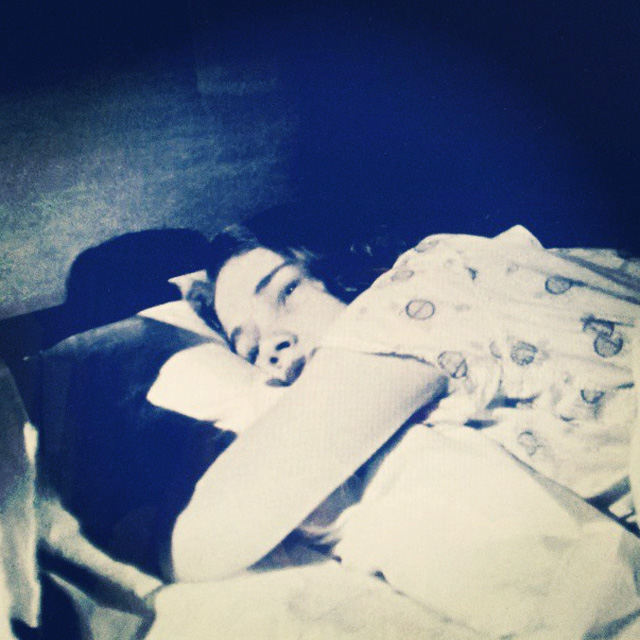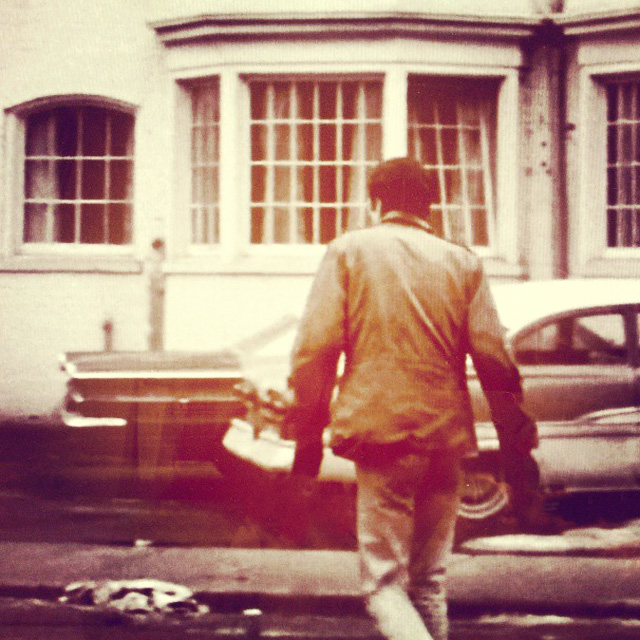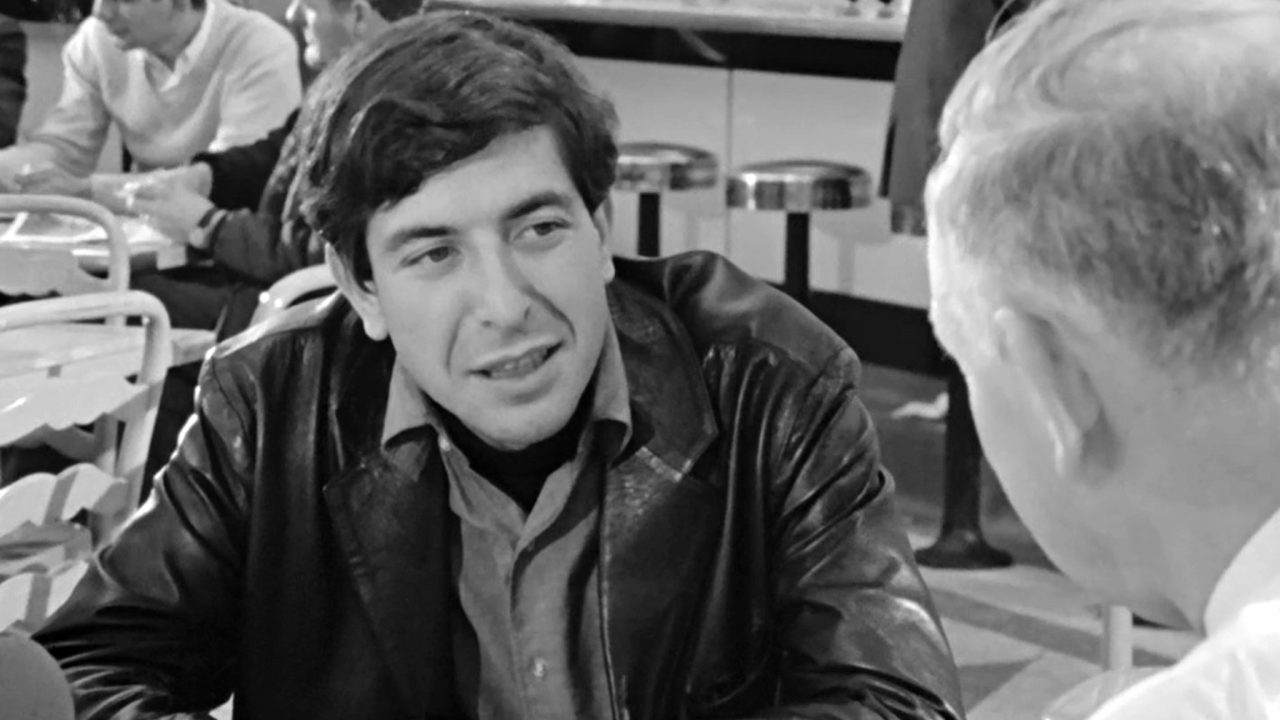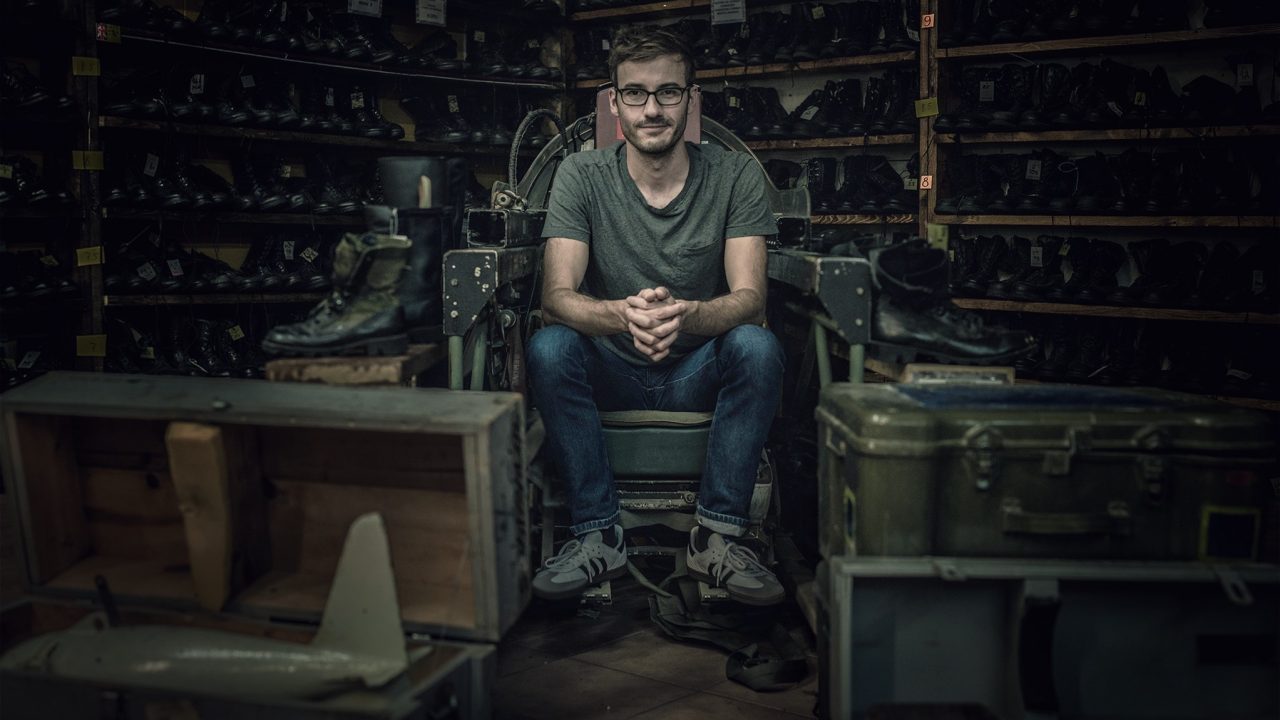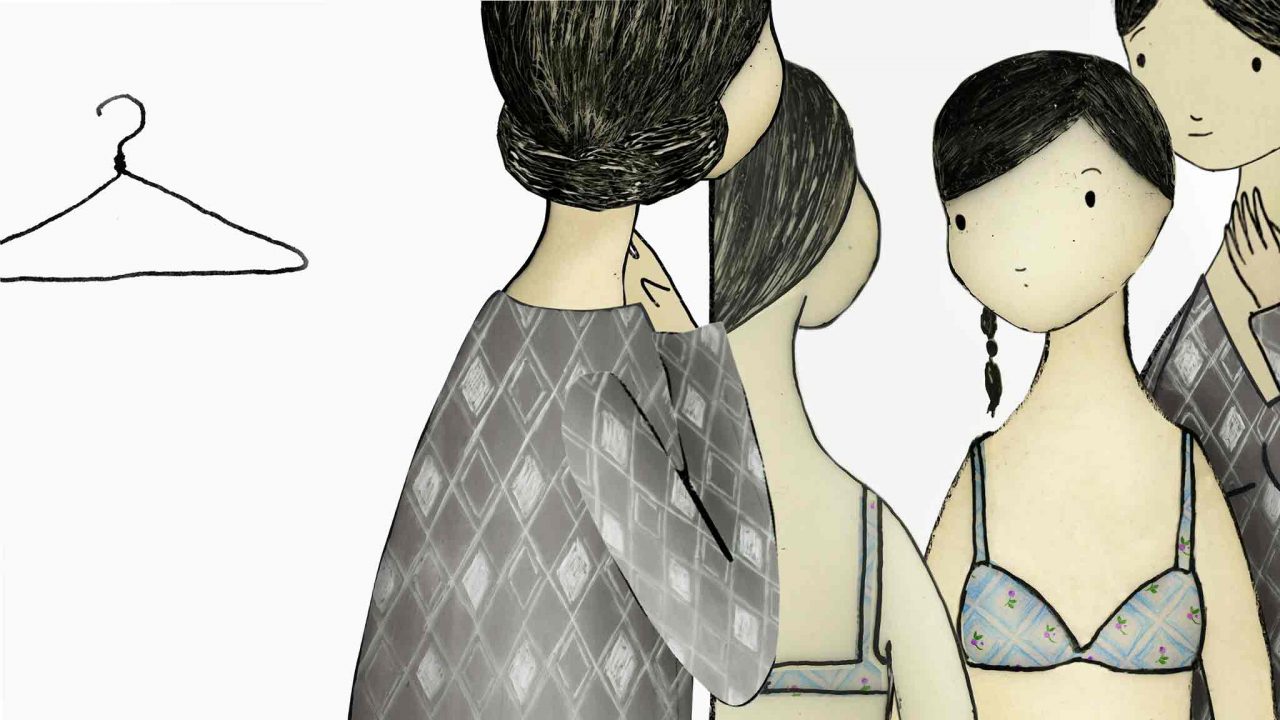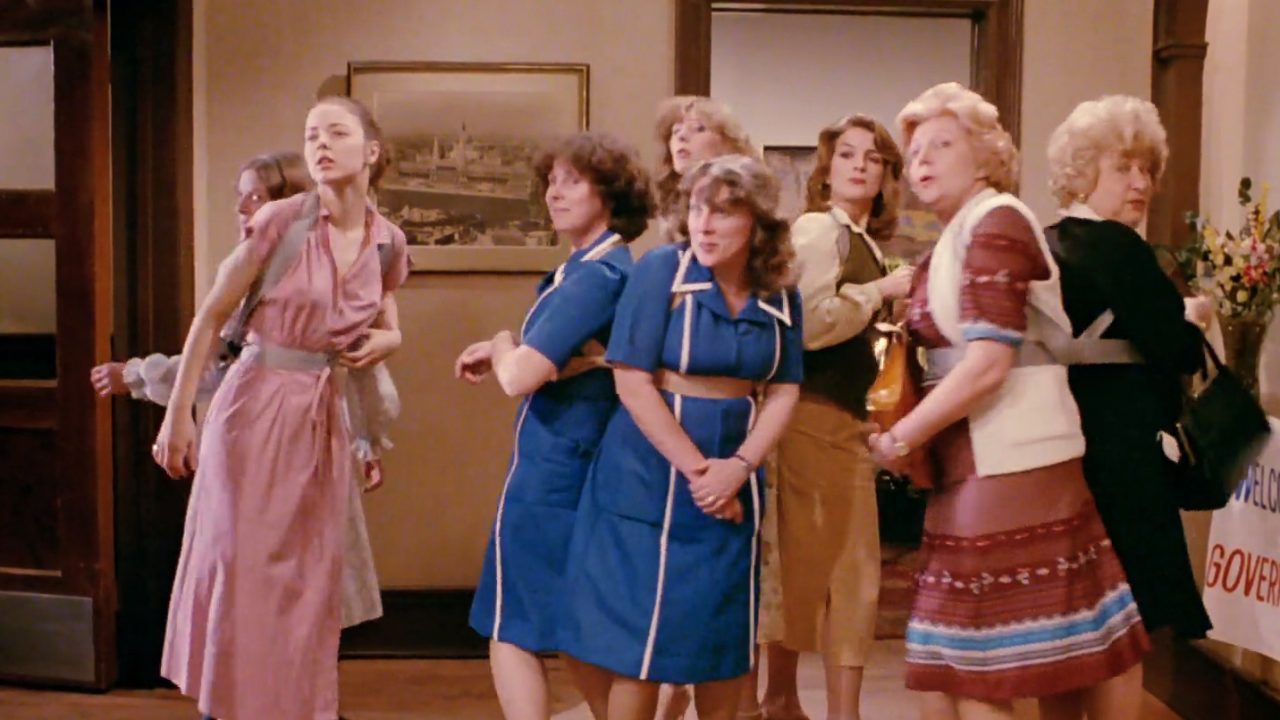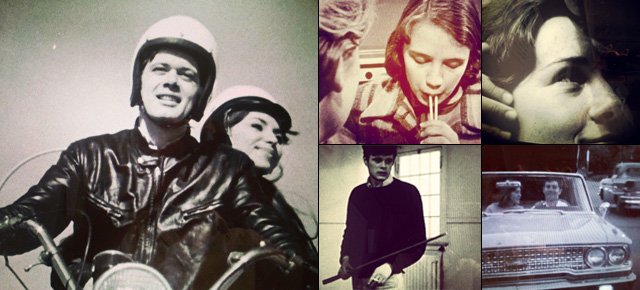
The Hell Years: 4 Vintage NFB Films About Teenagers
The Hell Years: 4 Vintage NFB Films About Teenagers
These days, society has figured out pretty much all there is to figure out about teenagers. Sure, teens are reckless, awkward, sloppy and brimming with attitude. Sure, they’re a significant pain in the neck.
But by now, most teachers, parents and siblings know better than to take any of this too personally. It’s not Little Johnny’s fault, the poor darling.
It’s the rampageous hormones.
For decades now, science has told us that there are perfectly good biological reasons for why teens are the way they are. From perpetual drowsiness (caused by a shift in circadian rhythms), to brash behaviour (due to the slow development of the prefrontal cortex, which inhibits risky behaviour), the inner workings of teenagers have largely been mapped out. And if this transition from kid to grown-up usually sucks for those around them, most agree that by the look of things, it sucks even more to be them.
In the 1950s and 60s, however, teenagers were still a big, off-putting puzzle. What sort of trance could have overtaken Mommy’s Sweet Angel? Whence on earth did this rebel streak gush from? Heavens!
The Film Board’s teenager films from that era form a curious collection. On one hand, one senses a real desire – on the behalf of directors and producers – to get at the heart of the “adolescent phenomenon,” to understand what it’s all about.
On the other, the distance between these filmmakers and their subject makes these films feel, at times, like a National Geographic special on a recently contacted tribe of bush-dwelling cannibals. Fascination tinged with polite horror.
So let us turn the clock back half a century and take a peak at 4 fiction films that hail from this fascinating time. All were shot in black and white on 16 mm and/or 35 mm film. The youngest of these is 48 years old.
Borderline (1956)
Who: Norah, a teenage girl who lives in a “remedial center for adolescent girls” because she’s been very, very bad. Like dating-23-year-olds-when-you’re-15 bad.
What: On the eve of her mother’s long-awaited visit, Norah has flashbacks about her troubled past.
Noteworthy: Here, in the earliest of the 4 films, teenagedom appears conflated with mental illness. Is Norah just “going through a phase” or has she lost her mind? With lines like “I’m all mixed up and then I don’t know why I’m mixed up,” it’s hard to tell. Also interesting is the fact that the center’s director tells Norah’s Mom that she could also be to blame for her daughter’s antics. She wasn’t strict enough. She always gave in. “Something we sometimes forget about teenagers,” he tells her, “is that although they look like adults, basically they’re still children.” Well, kind of.
Borderline, Fergus McDonell, provided by the National Film Board of Canada
Howard (1957)
Who: Howard, a high school student from a good family. He works part-time in a pharmacy and want to be an industrial chemist.
What: Howard’s life enters a period of unrest when he’s contaminated by his friend George’s grand idea that they should travel across Canada the following summer, before entering university. A little camping, a little hitch-hiking, see the world. Ad mare usque ad mare! The notion, unsurprisingly, is madly unpopular with Howard’s conservative parents (his father wears a 3-piece suit to breakfast), who don’t relish the prospect of “wasted time” and dread their son’s eventual association with “drunks and rowdies.”
Noteworthy: If it doesn’t actually mirror what teens go through, the film has the merit of addressing the complex issue of identity building in young people. The film’s last scene shows Howard so confused he’s hearing voices (see above image.) He really wants to go on this trip (he’s so stoked he begins preparing by spending the night in a sleeping bag on his bedroom floor) and yet he’s not able to disregard the opinions of those around him. Everyone seems to know what the right course of action is but himself.
Howard, Don Haldane, provided by the National Film Board of Canada
Nobody Waved Goodbye (1964)
Who: Peter (played by Peter Kastner), a gap-toothed, banjo-playing teenager from the affluent Toronto suburb of Etobicoke.
What: Peter, who doesn’t own a driver’s license, decides to “borrow” his dad’s convertible, an impulsive decision that lands him in jail, where he spends the night after his father refuses to bail him out. After more angry clashes with his parents, Peter moves out. Peter and his girl, Julie, have only one goal: to skip town. Money is tight, however, and the means he employs to obtain more soon get in the way of the couple’s sweet escape.
Noteworthy: Nobody Waved Goodbye is widely recognized as the first modern Canadian feature film. Almost 5 decades later, it remains essential viewing for anyone seeking a real appreciation of film culture in Canada. Originally conceived as a short doc on disaffected youth, Nobody Waved Goodbye was released as an 80-minute fiction film almost entirely made of improvised dialogue and acting. (The shooting script was apparently only about 30 paragraphs long.) The result is fresh, exciting and very easy on the eyes. Watch it.
Nobody Waved Good-bye, Don Owen, provided by the National Film Board of Canada
You’re No Good (1965)
Who: Eddie (played by Michel Sarrasin), a handsome, if angsty, 18-year-old drop-out.
What: Eddie’s life spirals out of control after he impulsively takes a motorbike parked in front of a store for a ride. He doesn’t make it very far before the cops start looking for him, reducing him to a life of hiding. (You’re No Good is more fully reviewed here.)
Noteworthy: Out of the 4, this film tries the hardest to figure out what the teenagers might be feeling. (It is also the most recent.) Although the film may seem a bit thin, in terms of plot, the cinematic exploration of Eddie’s internal states makes for a rich and entertaining half-hour. While on the run, the teen smokes, shoots pool alone and daydreams about lobbing grenades at people. You know, typical teenager stuff.
You're No Good, George Kaczender, provided by the National Film Board of Canada
* Photo credits: Shout-out to Mivil Deschênes for the photographs.
-
Pingback: The Indelible Bonobo Experience
